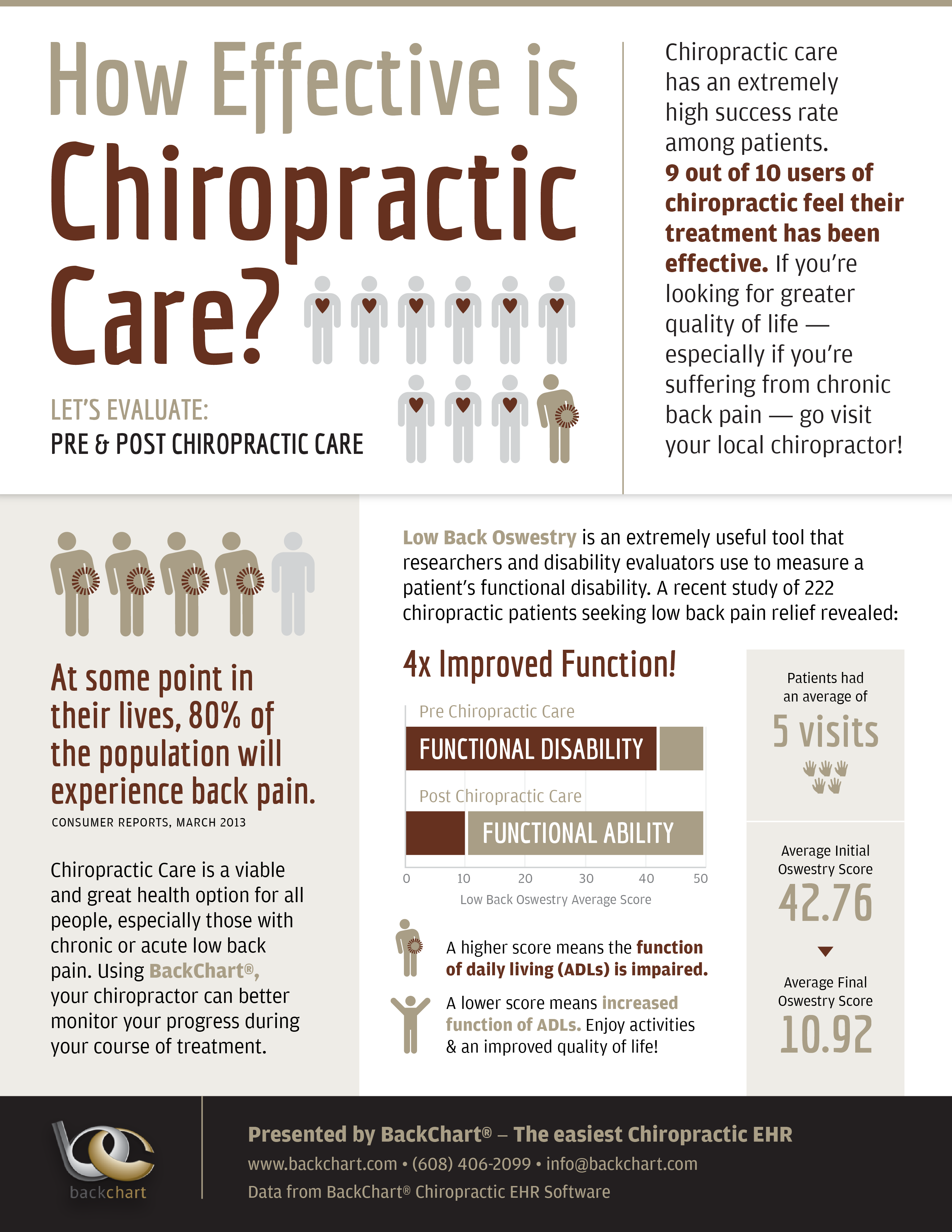The Progression Of Chiropractic Care Approaches: From Historic To Contemporary
The Progression Of Chiropractic Care Approaches: From Historic To Contemporary
Blog Article
Content By-Weiner Chapman
As you ponder the advancement of chiropractic techniques, take into consideration the elaborate mix of historical foundations and cutting-edge improvements that have shaped the field. From modest starts rooted in hand-operated adjustments to the advanced modern technologies now at play, the journey introduces a fascinating narrative of adjustment and progression. Just how have these changes impacted individual results and the general landscape of medical care? The answer lies in the detailed tapestry of technology and practice that specifies the contemporary practice of chiropractic care.
Historical Structures of Chiropractic Care Treatment
Just how did the historical foundations form the advancement of chiropractic care?
Well, back in the late 19th century, chiropractic care became a distinct healthcare profession based on the idea that correct placement of the body's bone and joint framework can make it possible for the body to heal itself without surgical treatment or medication. The owner, D.D. Palmer, emphasized the relationship in between the spine and overall health, preparing for what would become contemporary chiropractic care methods.
Originally, chiropractic treatment dealt with apprehension from standard doctors. Nevertheless, over time, as even more people experienced the advantages of chiropractic changes, the field acquired acknowledgment and acceptance. The focus on all-natural recovery, back positioning, and alternative methods resonated with people seeking options to standard medication.
The historic foundations of chiropractic treatment set the stage for its evolution into a commonly approved technique today.
Advancement of Manual Adjustments
The development of chiropractic treatment saw significant developments in the development of manual changes that changed the field's therapy methods. Manual changes involve chiropractic practitioners using their hands to manipulate the spine and joints to improve placement and reduce discomfort. These adjustments have a long history, dating back to the beginnings of chiropractic treatment. With https://chiropracticlowerbackpain51738.answerblogs.com/34088342/gain-understandings-into-reliable-and-straightforward-techniques-for-keeping-your-back-in-ideal-condition , experts have fine-tuned and developed their hand-operated adjustment techniques based on scientific research and professional experience.
Today, hand-operated modifications remain a keystone of chiropractic care, supplying a non-invasive and drug-free strategy to taking care of musculoskeletal concerns. Chiropractics physician undergo substantial training to grasp the art of hands-on adjustments, ensuring that they can deliver precise and effective treatments to their clients. By applying regulated pressure to specific areas of the body, chiropractic specialists can bring back appropriate joint function, decrease swelling, and advertise overall health.
The development of manual changes remains to evolve, with practitioners incorporating brand-new knowledge and innovations to improve their techniques. As an individual, you can take advantage of the competence of chiropractic practitioners that are competent in delivering secure and customized hands-on changes to resolve your special medical care needs.
Innovations in Modern Chiropractic Techniques
Checking out advanced modern technologies and progressed methodologies is key to comprehending the innovations in contemporary chiropractic techniques. In today's chiropractic methods, among the most substantial advancements is the integration of innovation. just click the up coming internet site like electronic adjusting instruments and advanced imaging strategies allow chiropractics physician to offer more accurate modifications tailored to every person's requirements. These modern technologies provide comprehensive insights into spinal placement, nerve feature, and overall bone and joint health, leading to extra efficient treatment strategies.
https://lorenzoicxsl.blogscribble.com/33954845/interested-concerning-the-remarkable-scientific-research-that-underpins-chiropractic-modifications-figure-out-how-these-subtle-manipulations-can-play-an-important-function-in-enhancing-your-health-and-wellness in modern chiropractic treatment is the focus on a holistic approach to recovery. Chiropractics physician currently combine typical adjustments with corresponding treatments such as massage therapy, acupuncture, and nutritional counseling to address not just the signs and symptoms yet additionally the underlying root causes of bone and joint problems. This thorough technique intends to boost general health and avoid future injuries, offering people a much more well-rounded and customized therapy experience.
Additionally, continuous research study and partnership with various other health care experts have actually led to the development of evidence-based chiropractic strategies. By remaining existing with the current scientific findings, chiropractics physician can constantly refine their techniques to guarantee safe, effective, and patient-centered care. These developments in modern chiropractic strategies showcase the field's dedication to advancing methods that focus on person health and well-being.
Verdict
Finally, the development of chiropractic care strategies from the past to the present has been a trip of constant improvement and innovation.
With https://www1.racgp.org.au/newsgp/clinical/no-evidence-for-%E2%80%98reckless-practice%E2%80%99-of-manipulatin on patient-centered treatment, modern chiropractors now use an all natural method that combines typical adjustments with advanced modern technologies and corresponding therapies.
This commitment to ongoing research study and evidence-based methods makes certain that patients receive the finest care for their total health.
